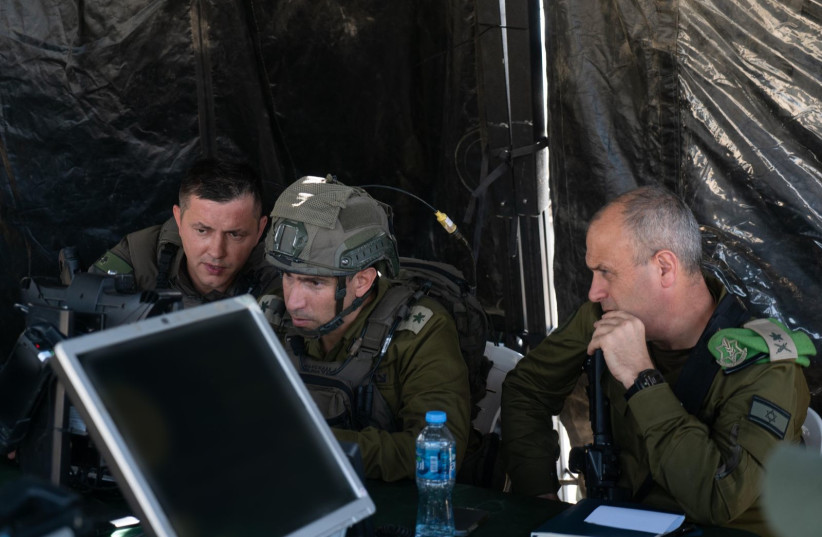The United States was looking into a media report that the Israeli military has been using artificial intelligence to help identify bombing targets in Gaza, White House national security spokesperson John Kirby told CNN in an interview on Thursday.
The report in +972 Magazine and Local Call was published on Wednesday. According to the 972+ report, the tool is dubbed "Lavender," and was heavily relied upon in the onset of the war in Gaza.
The sources told +972 cited six Israeli intelligence officials as sources, who said that "Lavender" marked 37,000 Palestinians as suspected terrorists — and their homes — for possible air strikes.
The IDF, in statements to the media on Thursday, denied that AI was used to identify suspected extremists and targets.
The media report said the Israeli army had marked tens of thousands of Gazans as suspects for assassination, using the AI system with little human oversight.
Separately, Kirby was also asked in the interview about an Axios report that the Israeli security cabinet had approved the opening of the Erez crossing with Gaza to allow more humanitarian aid to go in. He said if true, the report was welcome news.
This is not the first report of Israel using AI in combat against Hamas within Gaza.
AI used to identify Hamas terrorists
In late March, Israeli security officials revealed to The New York Times facial recognition technology used in Gaza by IDF intelligence units, including the cyber-intelligence division Unit 8200, to locate hostages and members of terrorist organizations.
This facial recognition program uses technology from Corsight, a private Israeli company, and Google Photos as well. The IDF uploads a database of known persons to Google Photos and then uses the service’s photo search function to identify people.
The Corsight technology allows intelligence personnel to identify faces from crowds and grainy drone footage and identify them. However, the technology is not entirely accurate, and there have been cases of mistaken identity.

